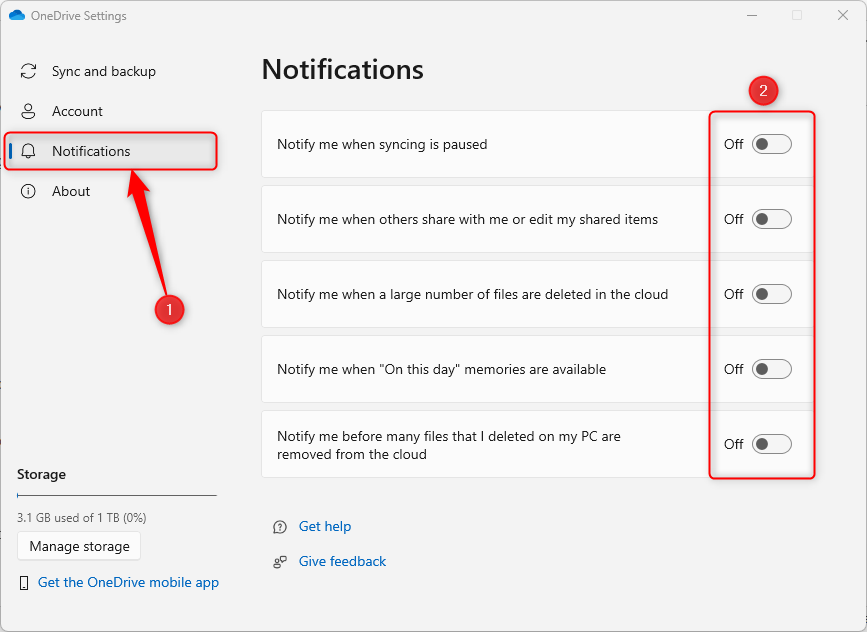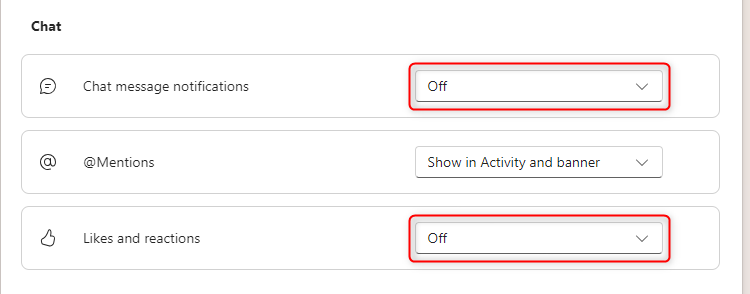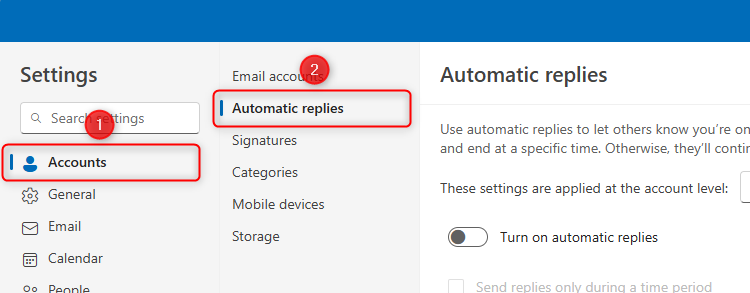As the festive season approaches, it’s time to think about switching off. Yes, you can shut your computer down and lock your keyboard away, but taking some other steps across the Microsoft suite of apps will ensure you can truly unplug this Christmas.
1 Disable OneDrive Notifications
If you plan to use your computer but want to stay away from work, you should turn off your OneDrive notifications. Most OneDrive notifications relate to actions you’re taking at any given moment, like uploading or deleting files to or from the OneDrive cloud, so it’s unlikely you’ll get these if you steer clear of productivity work over the festive period.
However, OneDrive will notify you if someone shares files with you or opens and edits a file you’ve shared with them. OneDrive also notifies you of “On This Day” memories that are available, and if your Microsoft account is primarily for work, this will be another untimely distraction.
You might be disciplined enough to not click those notifications, but even seeing them pop up might trigger thoughts of work when, actually, you should be thinking about mince pies and mulled wine.
To disable OneDrive notifications on Windows 11, right-click the OneDrive icon in your computer’s system tray, and click “Settings.”
Then, click “Notifications” in the left-hand menu, and toggle the notification settings for each scenario to “Off.”
When you’re done, close the OneDrive Settings window, and your changes will be saved. Just remember to reactivate them when you’re back online in January!
2 Turn Off Teams Notifications
While you might plan to switch off over the holiday, others might not, and the last thing you want is a Teams notification.
To deactivate Teams notifications in the Windows 11 app, click the three dots next to your profile picture, and click “Settings.”
Now, head to the “Notifications And Activity” area in the menu on the left, and switch the “Mute All Notifications (Except For Calls And Meetings)” toggle to “Off.”
Then, in the same window, scroll down to the Chat section, and choose “Off” in the “Chat Message Notifications” and “Likes And Reactions” drop-down menus.
Next, under Meetings, toggle “Meeting Start Notifications” to “Off,” and select “Mute” from the “Meeting Chat Notifications” options.
Finally, click your profile picture in the top-right corner of your window, and set your status to “Appear Offline.” You can also set a status message—such as a note explaining why you’re away or when you expect to be back online—if you wish.
When you return to work after your break, use the above instructions as a checklist to reverse these actions.
3 Set Your Outlook Out-of-Office
There’s something quite liberating about activating your out-of-office replies—it’s a definitive marker for the start of your holidays. It means that if someone does send you an email over the festive period, you can set up an automatic reply that lets them know you’re away from your desk, and you’ll reply after a given date.
To do this in the new Outlook on Windows 11, first click the “Settings” cog in the top-right corner.
Then, click Accounts > Automatic Replies.
If you have more than one Microsoft email address linked to your Outlook desktop app, make sure you follow the following steps for each by selecting the relevant account in the drop-down menu. If you have added non-Microsoft email addresses to Outlook, you’ll need to set your out-of-office replies directly through their respective apps or websites because Outlook is acting purely as a third-party email management client for these additional accounts.
When you’ve selected the account for which you want to set your out-of-office, turn the toggle for “Turn On Automatic Replies” to “On,” and check “Send Replies Only During A Time Period.” Then, choose a start and end date and time, check the three boxes underneath, and type the message you want people to receive.
Leave the “Send Replies Only To Contacts” unchecked to ensure anyone who sends you an email knows you’re away, and click “Save” to lock this in place.
Your out-of-office emails will automatically end according to the date and time you set earlier, so there’s no need to reactivate this when you come back to work.
4 Schedule Your January Emails Now
Planning ahead by scheduling emails to be sent in January will help you clear your mind of things you have to do when you return, helping you to switch off during your break.
After typing your email in the Message Pane as usual, click the drop-down next to the “Send” button, and click “Schedule Send.”
Then, either select one of the suggested dates and times, or click “Customized Time” to choose your own.
Once you’ve decided the send date and time, click “Send.”
Scheduled emails sit in your Drafts folder, so this is where you’ll need to head to amend or cancel a scheduled email. However, try to do this before you sign off for the holidays!
5 Delete the Microsoft Mobile Apps
Earlier, I talked about disabling your computer notifications, but how about the Microsoft apps on your phone and tablet? You might tell yourself to leave them alone for a few days, but muscle memory might lead you to open them accidentally.
You can avoid the chance of this happening entirely by removing them from your device. Doing so won’t delete any data—when you return to work, simply reinstall the apps, and continue from where you left off. Remember to delete all the Microsoft apps—Microsoft 365, Teams, OneDrive, Excel, Outlook, OneNote, To Do, Word, Excel, and any others you use for work.
To delete an app on an Apple or Android device, touch and hold (long press) the relevant icon, select “Remove App” or “Uninstall,” and confirm your action if prompted.
After your holiday, go to the App Store or Google Play Store, reinstall the apps, and sign back in if necessary.
Disconnecting from your online work world isn’t the only way you can create more time to enjoy the festivities this December. Indeed, you can also automate your electronic Christmas decorations to save you from having to plug them in and turn them on manually!



















